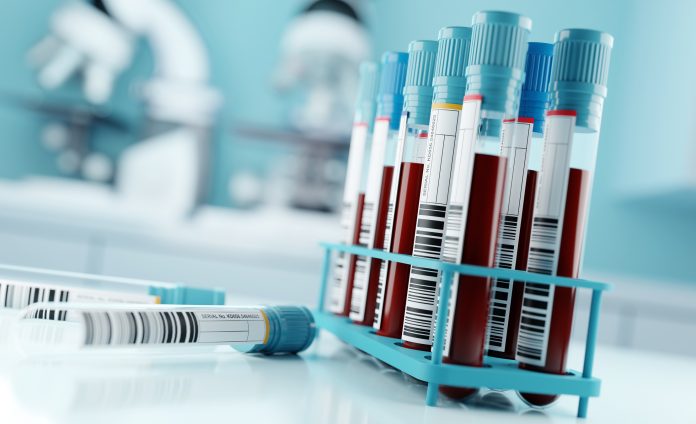
Researchers at the University of Colorado Boulder have developed a groundbreaking handheld diagnostic device that could deliver blood test results within an hour using just a finger-prick sample. Published in Science Advances, the study details how the new “acoustic pipette” uses sound waves to detect and isolate biomarkers in tiny amounts of blood, making it a potential game-changer for bedside testing.
Blood tests currently require patients to provide a syringe sample, which is sent to a lab for analysis—a process that can take days. With the acoustic pipette, blood samples can be analyzed directly, providing results much faster. “We’ve developed a technology that is very user-friendly, can be deployed in various settings, and provide valuable diagnostic information in a short time frame,” said senior author Wyatt Shields, PhD, assistant professor in the department of chemical and biological engineering.
This portable device could address longstanding challenges in diagnostics, especially for patients in remote or underserved areas where access to labs is limited. Shields and lead author Cooper Thome, a PhD candidate, hope their device will make diagnostic testing more accessible, efficient, and less invasive.
At the heart of the device are tiny particles known as “functional negative acoustic contrast” particles (fNACPs), which Thome designed to selectively capture biomarkers. These cell-sized particles are customized with coatings that recognize specific biomarkers, such as proteins or viruses. The acoustic pipette generates sound waves that separate these particles from the rest of the blood, allowing rapid isolation in under a minute. The trapped biomarkers are then labeled with fluorescent tags, making it possible to quantify them with lasers.
“We’re basically using sound waves to manipulate particles to rapidly isolate them from a really small volume of fluid,” explained Thome. “It’s a whole new way of measuring blood biomarkers.”
The acoustic pipette can achieve the same sensitivity and specificity as standard laboratory equipment but with a drastically simplified process. This capability makes the device well-suited for assessing whether a patient has an infectious disease, determining viral loads, checking for allergies, or measuring antibodies to guide vaccine booster decisions. “In our paper, we demonstrate that this pipette and particle system can offer the same sensitivity and specificity as a gold-standard clinical test can but within an instrument which radically simplifies workflows,” said Shields.
While the device is still in the proof-of-concept stage, the researchers are exploring ways to scale the technology. They have applied for patents and are working on expanding the device’s capabilities to handle multiple biomarkers simultaneously and to test multiple patients at once.
“We think this has a lot of potential to address some of the longstanding challenges that have come from having to take a blood sample from a patient, haul it off to a lab, and wait to get results back,” Shields added.





